Description about topics
Patient history
In this page patients' history for physical status can be done. This will help in diagnosis and treatment of patients which include long and short term goals, proposals for further action etc. These all details can be recorded electronically in pdf or jpg format or can be printed out.
Provide your primary care and give him or her a better understanding of patient health. It allows your medical practitioner to identify patterns and make more effective decisions based on your specific health needs.
This allows your practitioner to assess your risk for certain diseases or conditions.
It can also help prevent the onset of certain health problems. For example, if you have a family history of diabetes, your doctor will know to look closely for prediabetes. Or, your practitioner may order tests or screenings if you have a higher risk for a certain type of chronic complications.
Your practitioner will work with you to establish a plan to stay healthy and decrease your risk or prevent certain diseases.
Document your medical history and share this information with your practitioner.
• name, address, date of birth, referring practitioner
Chief physical complaints
Social status
• occupation, family, daily function, ... Medical history
a) Family illnesses – parents, siblings, children
b) Prior illnesses – in chronological order. Duration, treatment, complications
c) Present illnesses – onset, symptoms, course of symptoms, present status
Upper extremities
Lower extremities
Force
Muscle force over joints:
Shoulders, elbows, fist, hip, knee, ankle
Coordination
Normal sensibility for pain, touch and
Temperature Balance and walking
Normal walk, stand on heels and toes, rise up
Patient Feedback
In this page patients feedback can be done. This will help to record in short progress reports of patients . These all details can be recorded electronically in pdf or jpg format or can be printed out.
Through this page patient treatment effectiveness can be recorded.Further treatment is needed or not needed ?
Chief physical complaints and importance feedback
This page help how to asses database
Provides an overview of the more commonly the signs and symptoms and corresponding diagnostic findings.
Nursing
Establishes a general ranking of needs and concerns on which the Nursing Diagnoses are ordered in constructing the plan of care which can be altered according to the individual client situation.
Goal to Discharge
Identifies short-term and intermediate goals to be achieved by the client before being “discharged” from nursing care. They may also provide guidance for creating long-term goals for the client to work on after discharge.
Nursing Diagnosis
The general need or problem (diagnosis) is stated without the distinct cause and signs and symptoms, which would be added to create a client diagnostic statement when specific client information is available. For example, when a client displays increased tension, apprehension, quivering voice, and focus on self, the nursing diagnosis of Anxiety might be stated: severe Anxiety related to unconscious conflict, threat to self-concept as evidenced by statements of increased tension, apprehension; observations of quivering voice, focus on self.
In addition, diagnoses identified within these guides for planning care as actual or risk can be changed or deleted and new diagnoses added, depending entirely on the specific client information.
Possible evidence
These lists provide the usual or common reasons (etiology) why a particular need or problem may occur with probable signs and symptoms, which would be used to create the “related to” and “evidenced by” portions of the client diagnostic statement when the specific situation is known.
When a risk diagnosis has been identified, signs and symptoms have not yet developed and therefore are not included in the nursing diagnosis statement. However, interventions are provided to prevent progression to an actual problem. The excep- tion to this occurs in the nursing diagnosis risk for Violence, which has possible indicators that reflect the client’s risk status.
Nursing Interventions
Nursing Interventions Classification (NIC) labels are drawn from a standardized nursing language and serve as a general header for the nursing actions that follow.
Division of Nursing actions are independent—those actions that the nurse performs autonomously; and collaborative— those actions that the nurse performs in conjunction with others, such as implementing physician orders. The interventions in this book are generally ranked from most to least common. When creating the individual plan of care, interventions would nor- mally be ranked to reflect the client’s specific needs and situation. In addition, the division of independent and collaborative is arbitrary and is actually dependent on the individual nurse’s capabilities and hospital and community standards.
This abbreviated plan of care or care map is event- or task-oriented and provides outcome-based guidelines for goal achieve- ment within a designated length of stay. Several samples have been included to demonstrate alternative planning formats.
In this page patients' history for physical status can be done. This will help in diagnosis and treatment of patients which include long and short term goals, proposals for further action etc. These all details can be recorded electronically in pdf or jpg format or can be printed out.
Provide your primary care and give him or her a better understanding of patient health. It allows your medical practitioner to identify patterns and make more effective decisions based on your specific health needs.
This allows your practitioner to assess your risk for certain diseases or conditions.
It can also help prevent the onset of certain health problems. For example, if you have a family history of diabetes, your doctor will know to look closely for prediabetes. Or, your practitioner may order tests or screenings if you have a higher risk for a certain type of chronic complications.
Your practitioner will work with you to establish a plan to stay healthy and decrease your risk or prevent certain diseases.
Document your medical history and share this information with your practitioner.
• name, address, date of birth, referring practitioner
Chief physical complaints
Social status
• occupation, family, daily function, ... Medical history
a) Family illnesses – parents, siblings, children
b) Prior illnesses – in chronological order. Duration, treatment, complications
c) Present illnesses – onset, symptoms, course of symptoms, present status
Upper extremities
Lower extremities
Force
Muscle force over joints:
Shoulders, elbows, fist, hip, knee, ankle
Coordination
Normal sensibility for pain, touch and
temperature Balance and walking
Normal walk, stand on heels and toes, rise up
Muscle stiffness treatments are dependent upon the cause. Muscle stiffness due to overuse of skeletal muscle will eventually disappear or common home treatment will help. Relief from stiffness
1. Resting the muscles, or applying ice packs and heating pads, stretching, or light massaging the muscle.
2.After 48 hours local medical advice should be taken
What are the most important facts to know about muscle stiffness?
1.Tight feeling in the muscles associated with pain and difficulty moving.
2..Overusing muscles, or being physically inactive for long periods of time.
3.Other conditions, including myopathy, neurologic disorders.
4. Stiffness muscle can be diagnosed
a) Medical history
b) Physical examinations,along with follow-up assessments
Muscle testing is used to determine



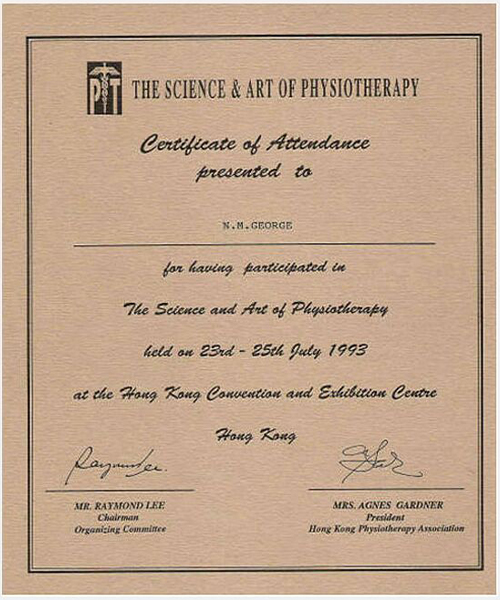
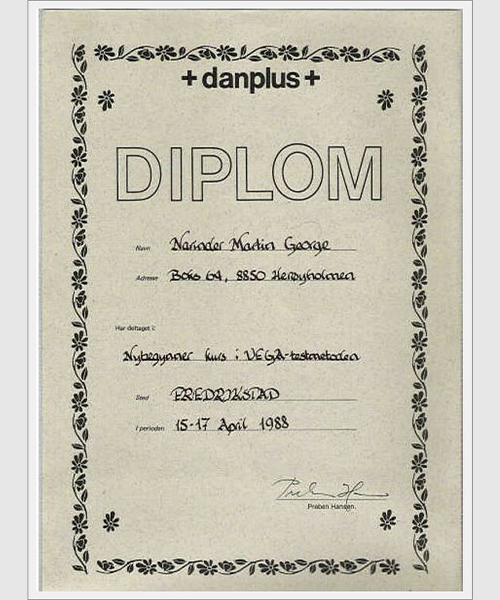
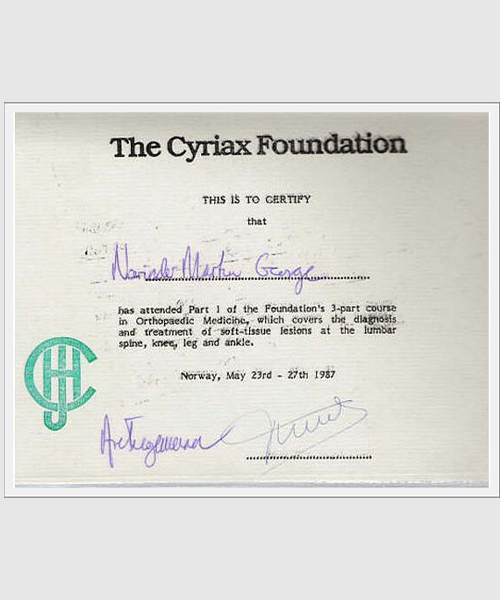


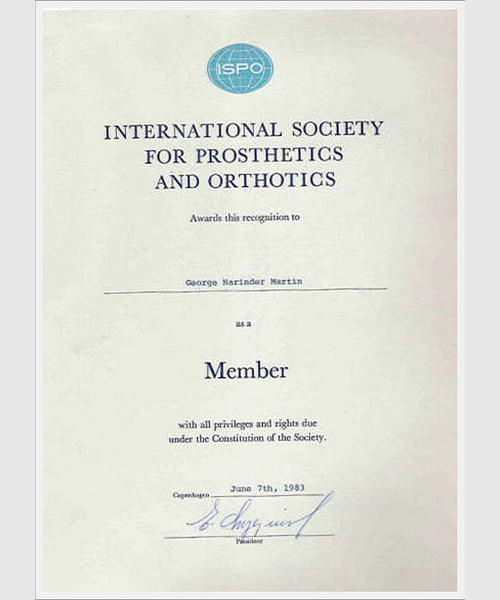

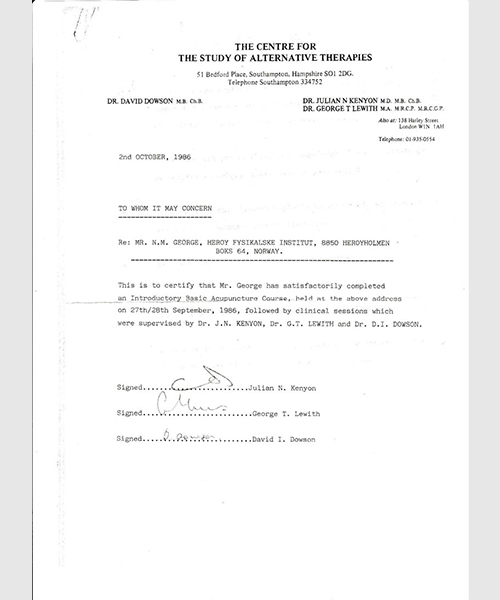
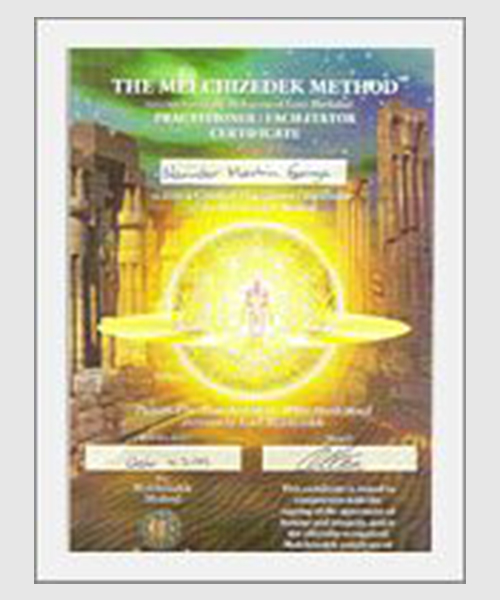
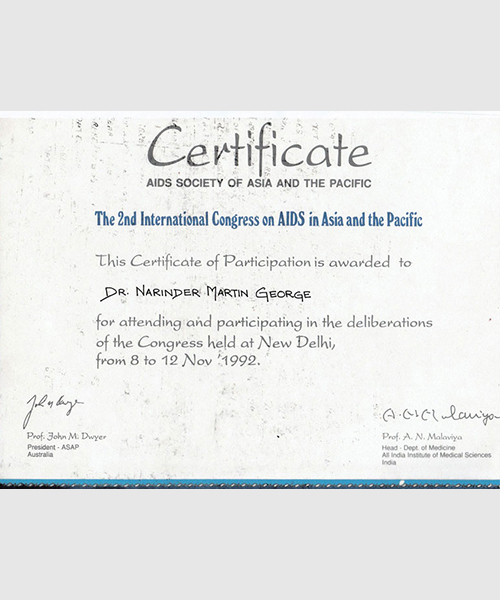
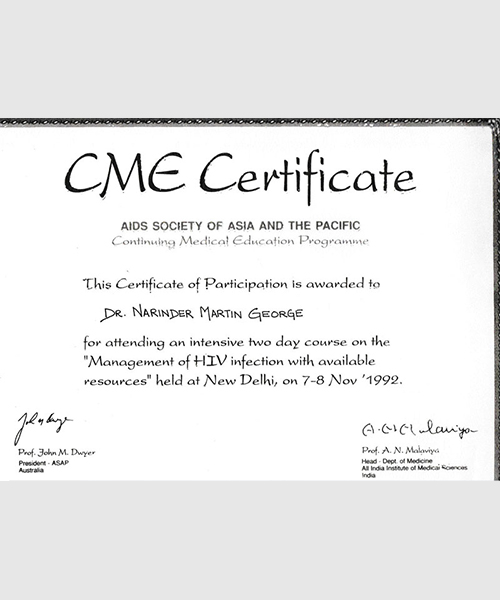


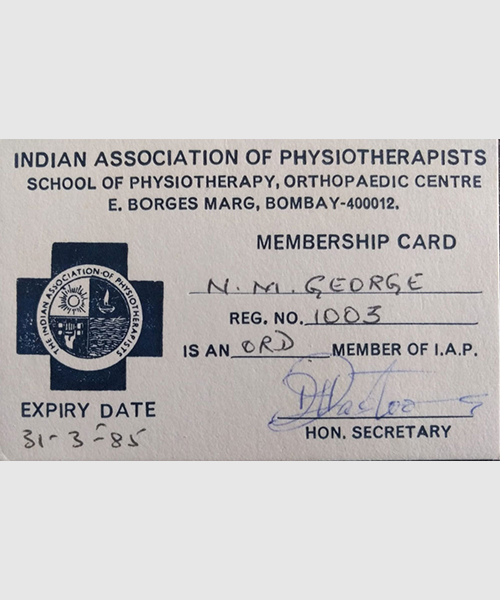
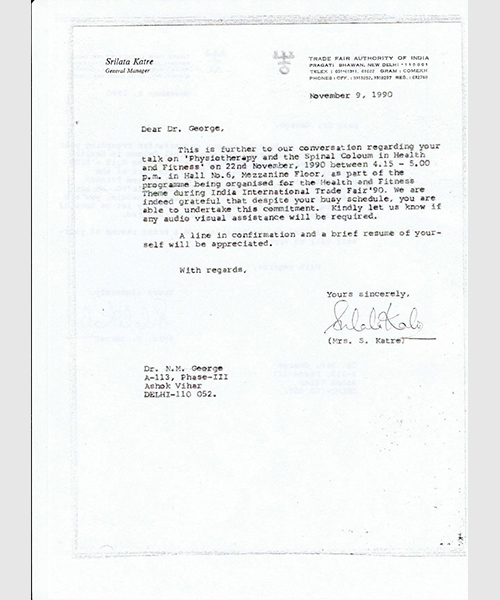
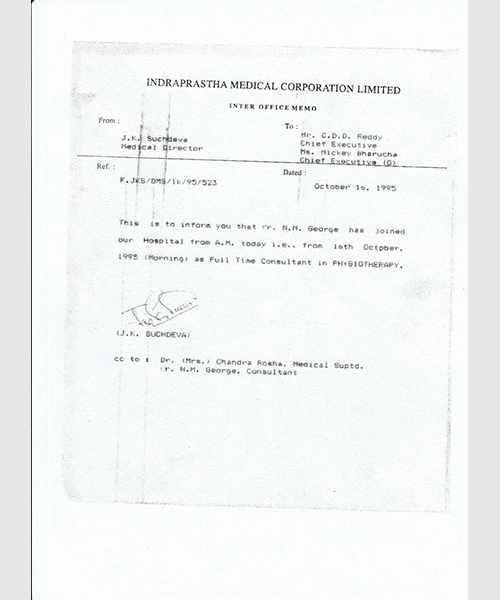
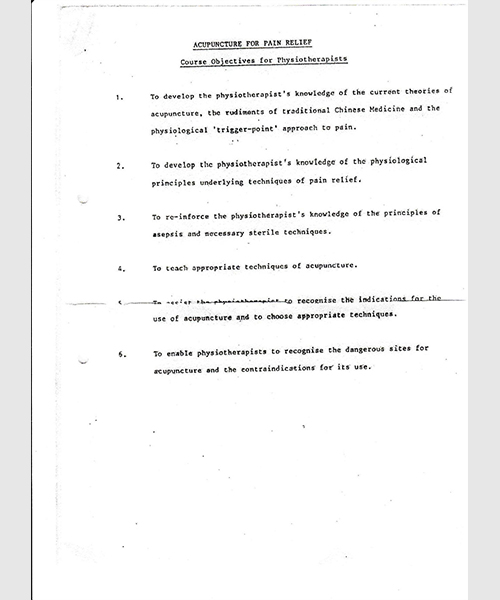
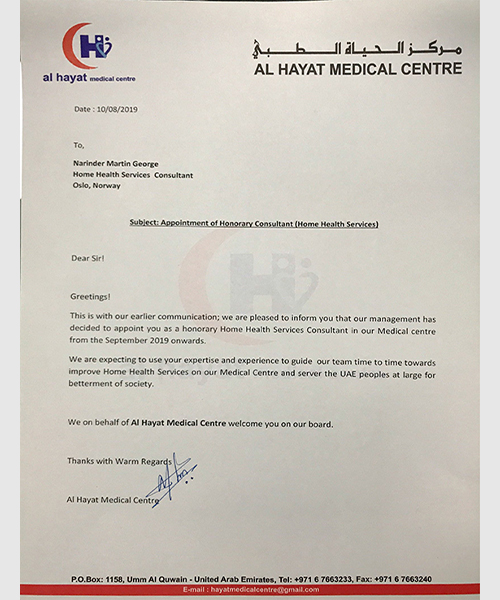

This is Ready to food xxxxxxxx Company & their products are healthy and Good in Taste!!

I like the Eat of xxxxxxx because the food its in hygienic condition & it’s mouth taste. I wish it will be the top most company of the world.

